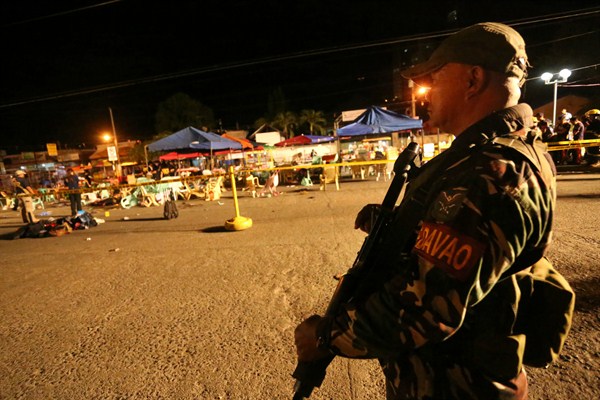After a spate of kidnappings and renewed clashes with the Philippines’ armed forces over the past year, the Islamist militants of Abu Sayyaf have forged a reputation as one of Southeast Asia’s most radical and brutal jihadi groups. The high-profile beheadings in 2016 of two Canadian hostages has focused global attention on the remote, impoverished and underdeveloped region of the southern Philippines where Abu Sayyaf operates.
The violence has heightened the sense of urgency to find a solution to the long-running insurgency and placed an intense spotlight on President Rodrigo Duterte’s strategy. So far, Duterte’s comments on Abu Sayyaf have, perhaps unsurprisingly, been contradictory. He has warned against a military solution and hinted at negotiations, while at the same time, in his typically outlandish style, threatening to ‘‘eat the militants alive,” or at least ‘‘crush’’, ‘‘erase’’ and ‘‘destroy’’ them.
Despite Duterte’s rhetoric, defeating the militants will be a monumental challenge; six previous Philippine presidents have tried, and failed, to secure a lasting peace in the country’s troubled south. There have been some positive developments in recent years, with large segments of the region’s other two major rebel groups—the Moro National Liberation Front, or MNLF, and the Moro Islamic Liberation Front, or MILF—committing to a peace process. Yet the threat from Abu Sayyaf will be the most difficult for Duterte to tackle, as the group has proved itself to be hardened, adaptable and resilient in the face of numerous military offensives.

